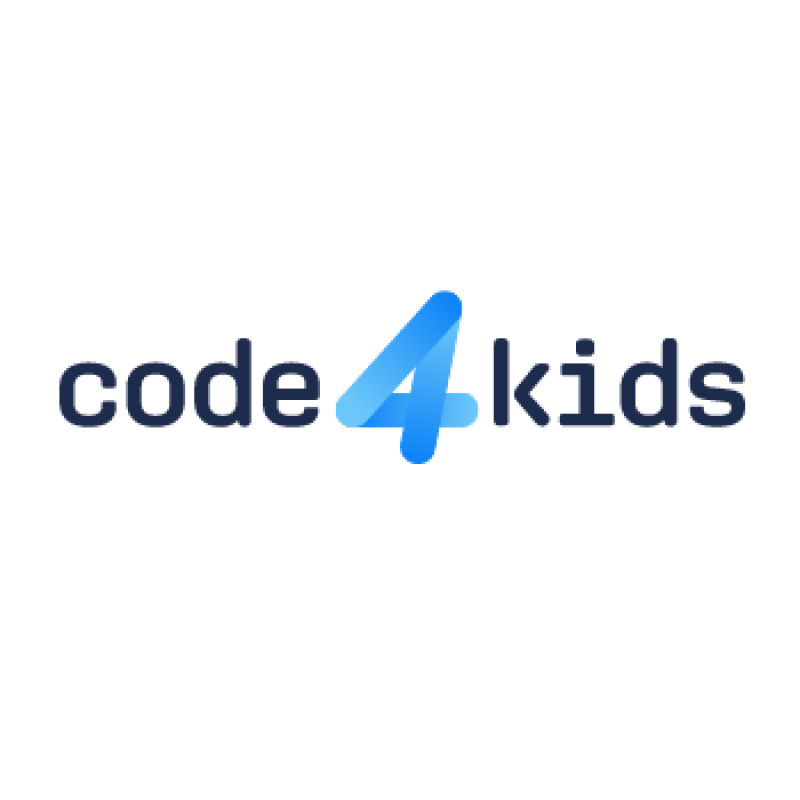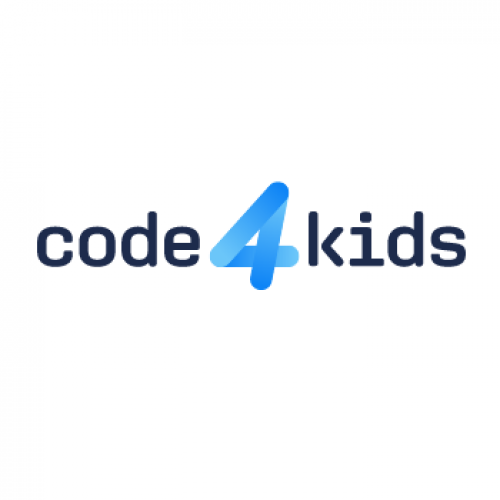Practicing to plan and execute studies, make observations and measurements
Practicing to notice causal connections
Developing problem solving skills
Practicing to use imagination and to be innovative
Encouraging students to be innovative and express new ideas
Practicing logical reasoning to understand and interpret information in different forms
Connecting subjects learned at school to skills needed at working life
Learning decision-making, influencing and accountability
Encouraging to build new information and visions
Practicing strategic thinking
Practicing creative thinking
Creating requirements for creative thinking
Learning to find the joy of learning and new challenges
Practicing to evaluate one's own learning
Practicing persistent working
Learning to notice causal connections
Practicing categorization and classification
Using technology as a part of explorative process
Using technology for interaction and collaboration
Practicing logical reasoning, algorithms and programming through making
Understanding and practicing safe and responsible uses of technology
Using technology as a part of explorative and creative process
Understanding technological system operations through making
Using technology resources for problem solving
Building common knowledge of technological solutions and their meaning in everyday life
Learning to understand and interpret diverse types of texts
Practising to understand visual concepts and shapes and observe their qualities
Learning to acquire, modify and produce information in different forms
Understanding and interpreting of matrices and diagrams
Learning to build information on top of previously learned
Using technological resources for finding and applying information
Learning to combine information to find new innovations
Learning consumer knowledge and smart economics
Practicing to use imagination and to be innovative




User reviews for Code4kids
You need to log in to post a review.